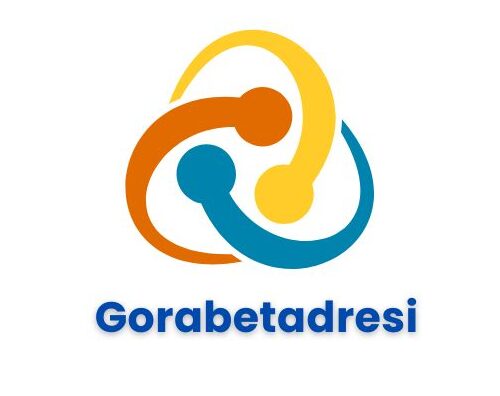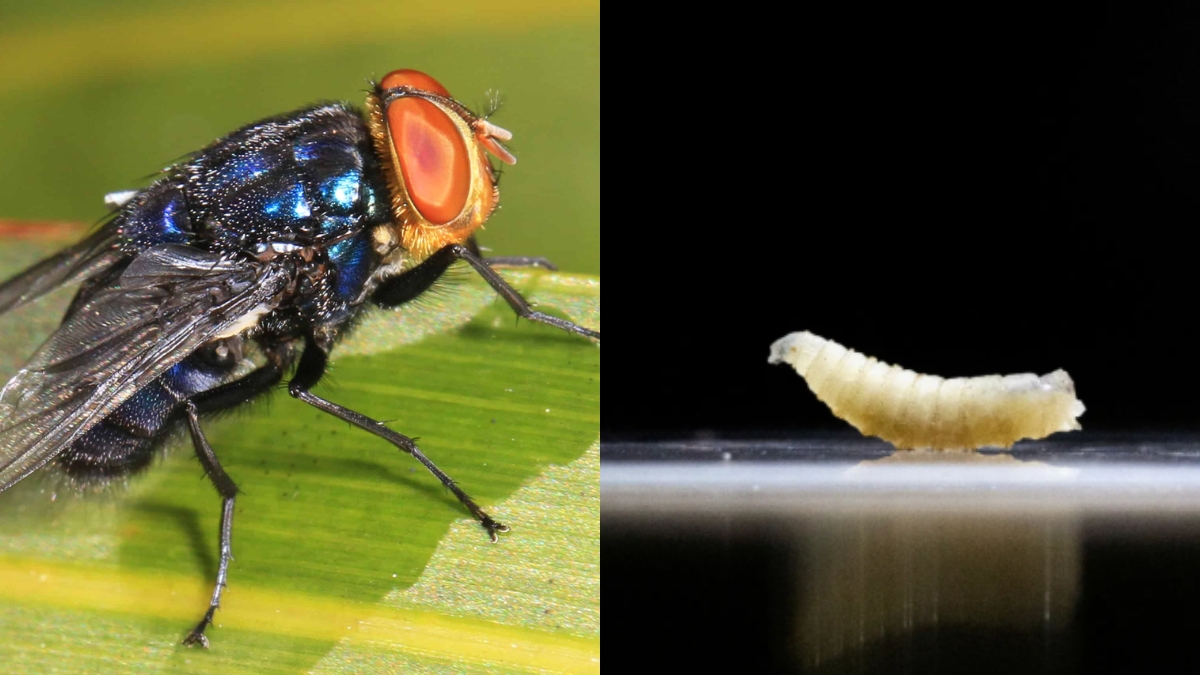Introduction to Screwworm
Screwworm (Cochliomyia hominivorax) is a highly destructive parasite that targets warm-blooded animals, feeding exclusively on living tissue. Unlike other maggots that consume decaying matter, screwworm larvae burrow into healthy flesh, causing serious wounds and health complications. This pest represents a significant threat to livestock, agriculture, and economic stability, making awareness and preventive measures essential.
Screwworm infestations not only harm animal health but also have far-reaching economic implications. In regions where livestock is a primary source of income, uncontrolled infestations can disrupt the livelihoods of farmers, affect local markets, and create long-term challenges for agricultural development.
What is a Screwworm?
The screwworm belongs to the blowfly family and exhibits a metallic blue-green coloration. Adult females, measuring 8–15 millimeters, seek out wounds or natural body openings on animals to lay eggs. Each female can deposit 200–400 eggs in clusters, which hatch within 12–24 hours into larvae that immediately begin feeding on living tissue.
The larvae grow rapidly through three developmental stages over 5–7 days before pupating in the soil for 7–10 days. Within approximately 21 days, adult screwworms emerge, capable of starting new infestations. This fast lifecycle enables multiple generations per year, intensifying the risk to livestock.
The primarily affect cattle, sheep, goats, and other domesticated animals, but they can also infest wildlife. The parasite’s ability to exploit even minor wounds makes it particularly dangerous, as unnoticed injuries can quickly become sites of severe infestation.
Why Screwworm is Dangerous
Screwworm infestations are particularly hazardous due to their aggressive feeding on living tissue. Animals infested with screwworm larvae experience extreme pain, rapid weight loss, and systemic weakness. Secondary bacterial infections are common, further complicating recovery.
The larvae produce a characteristic foul odor that attracts additional female flies, amplifying the infestation. In severe cases, untreated infestations can lead to death within 1–2 weeks. The screwworm’s capacity to multiply quickly makes early detection and treatment critical.
Beyond immediate health concerns, screwworm infestations have psychological effects on farmers and herders, as the rapid loss of livestock can be devastating. In addition, animal suffering and fatalities contribute to ethical and welfare concerns, emphasizing the importance of proactive management.
Identifying Screwworm Infestations
Recognizing screwworm larvae early can save livestock from severe damage. Key identification features include:
-
Cone-shaped, whitish larvae with rings of spines.
-
Head-down positioning deep within wound pockets.
-
Wounds larger than the initial injury with ragged edges and reddish-brown discharge.
Laboratory confirmation is often required when visual inspection alone is insufficient. Accurate identification ensures effective treatment and prevents mismanagement. Ranchers and veterinarians should also note the speed at which wounds worsen, as rapid tissue destruction is a hallmark of screwworm infestations.
Treatment and Methods
Treating screwworm infestations requires rapid and thorough intervention:
-
Mechanical Removal: All visible larvae should be carefully extracted using sterilized forceps.
-
Wound Cleaning: Irrigation with antiseptic solutions helps prevent secondary infections.
-
Insecticide Application: Veterinary-approved medications kill remaining larvae and prevent reinfestation.
-
Post-Treatment Monitoring: Daily wound inspection and isolation of treated animals reduce cross-contamination risks.
Successful treatment often involves multiple steps and sustained care. In severe cases, surgical intervention may be required to remove necrotic tissue. Post-treatment monitoring ensures early detection of any returning larvae, safeguarding both individual animals and the wider herd.
Screwworm Control and Eradication
The Sterile Insect Technique (SIT) has been a revolutionary method in screwworm control. Male screwworms are sterilized in laboratory conditions and released into the wild to mate with females. Since female screwworms mate only once in their lifetime, reproduction is halted, preventing population growth.
SIT led to the successful eradication of screwworms in the United States by 1982. Continued surveillance, border control, and international cooperation are essential to prevent reintroduction. Biological barriers in Central America and early detection systems help maintain screwworm-free zones.
Other control measures include:
-
Proper wound care and hygiene on farms.
-
Prompt isolation of infected animals.
-
Strategic use of insecticides in endemic areas.
These practices, combined with SIT, provide a comprehensive approach to managing screwworm populations and minimizing the risk of re-infestation.
Economic Impact
Screwworm infestations carry significant economic consequences:
-
Annual losses in the U.S. before eradication exceeded $118 million.
-
Livestock mortality, reduced productivity, and veterinary costs affected the entire agricultural sector.
-
Modern trade restrictions and quarantine measures further amplify financial risks.
Even a small outbreak can disrupt livestock markets and affect international trade. Countries that successfully eradicated screwworm have invested in ongoing surveillance programs to prevent economic losses, demonstrating the high cost-benefit value of prevention strategies.
Preventing Screwworm Infestations
Prevention strategies are vital to keep livestock safe from screwworm:
-
Border Surveillance & Quarantine: Monitoring animal imports from endemic regions.
-
Advanced Detection: Using molecular diagnostics and remote monitoring for early warning.
-
Education & Training: Workshops for farmers and veterinarians on identification and management of screwworm.
-
International Collaboration: Shared resources and expertise to control cross-border infestations.
-
Research & Development: Continuous improvement of control methods and innovative approaches.
Farmers play a crucial role in prevention by regularly inspecting animals for wounds, maintaining hygiene, and promptly reporting suspected infestations. Education campaigns and training programs enhance awareness and empower local communities to act effectively against screwworm threats.
Future Challenges and Research Directions
Although screwworm has been eradicated in several countries, it remains endemic in parts of Central and South America. Climate change, global trade, and animal movement increase the risk of reintroduction.
Ongoing research focuses on:
-
Improving SIT efficiency and cost-effectiveness.
-
Developing vaccines or biological controls to protect livestock.
-
Enhancing molecular diagnostic tools for faster detection.
Investing in these strategies ensures continued protection against screwworm and supports global agricultural resilience.
Conclusion
Screwworm is a relentless parasite with the potential to cause significant livestock losses, economic disruption, and ethical concerns. Its rapid life cycle, aggressive feeding, and ability to attract additional infestations make it a serious agricultural threat.
However, the history of eradication through scientific innovation and international cooperation highlights the possibility of effective control. Sustained vigilance, preventive measures, and continued research are key to protecting livestock, maintaining economic stability, and ensuring agricultural sustainability. Farmers, veterinarians, and policymakers must work together to monitor, prevent, and manage screwworm to secure a pest-free future.







